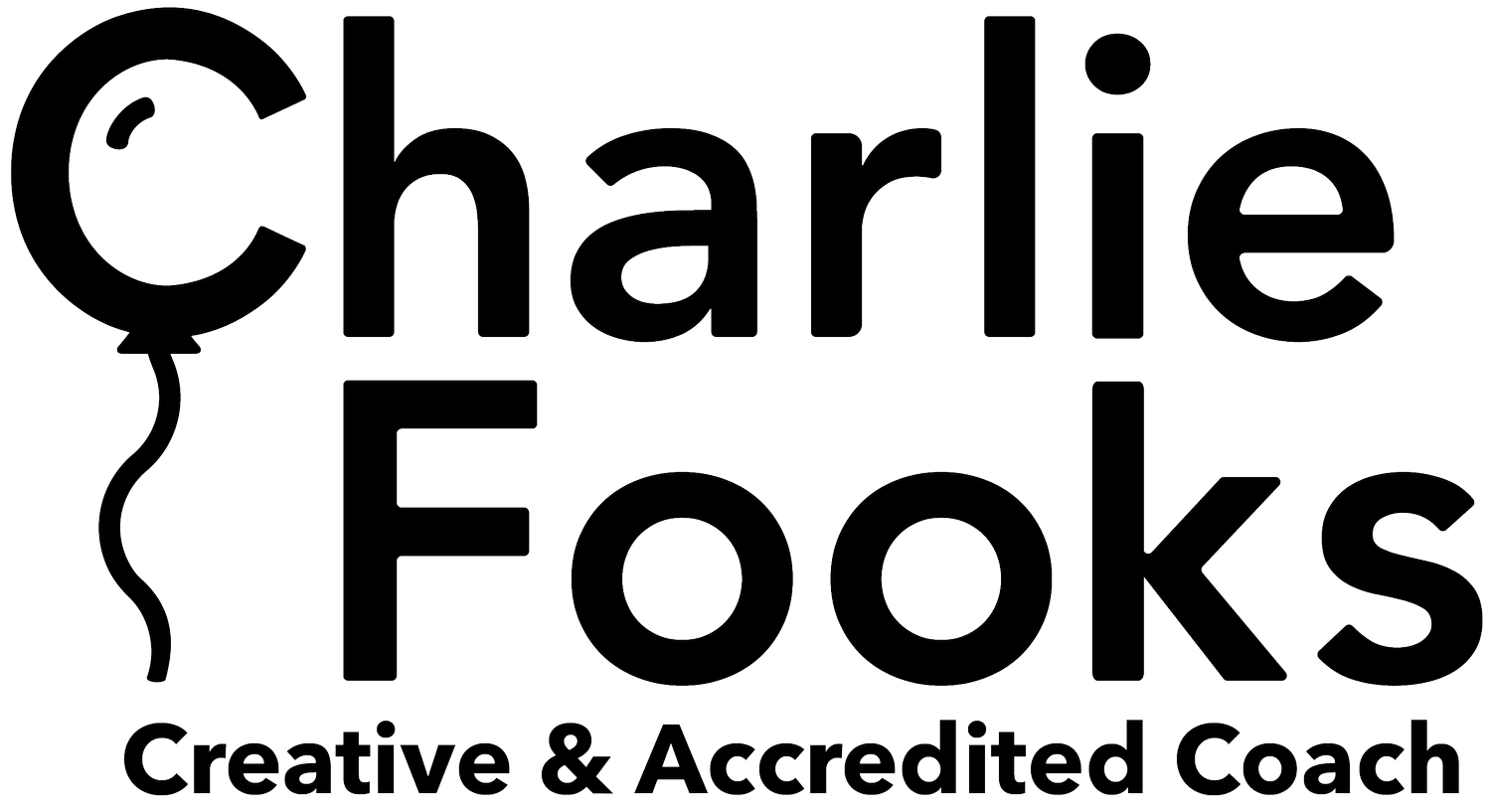Emotions & moods
Although we may think they’re the same thing, emotions and moods are actually pretty different. I figure it’s important to understand both if we want to get our head around and into some well deserved self-awareness. Wtf is the difference then? Well a few things actually.
Emotions
“Emotions are a process, a particular kind of automatic appraisal influenced by our evolutionary and personal past, in which we sense that something important to our welfare is occurring, and a set of psychological changes and emotional behaviours begin to deal with the situation”
- Paul Ekman
(Friends with The Dalai Lama, PhD and professor Dr. Paul Ekman was also a scientific advisor on the 2015 emotion-centric Disney animation Inside Out, so if anyone’s going to know, he’s the guy). Emotions are necessary and occur in response to certain triggers or stimuli. These stimuli can be actual, imagined or re-lived. ’Actual’ emotional triggers are contextual or environmental while ‘imagined or re-lived’ are phenomenological. Phenomenology, pronounced fen•om•en•o•lodge•ee (lol at least you can say it now) will feature again in The Diary since I’m a huge fan and studied it for a hot minute, but just quickly it “is the study of structures of consciousness as experienced from the first-person point of view.”
Emotional responses are determined by our “shared evolution, cultural influences, and unique personal experiences”. RE these ‘unique personal experiences’ what makes one of us emotional may have little to no effect on another. A prime example is the guy who cries during a movie (guilty). Some of us will bawl our eyes out watching a computer generated dragon go through hardship while others will be completely unaffected. Perhaps the latter may even find it laughable that someone can be so deeply affected by a non-existent mythical creature (Pete’s Dragon 2016 remake. I dare ya).
Although we may experience emotions differently, reading them is another matter. They may be personal but because of our ‘shared evolution’ and ‘cultural influences’ they’re also universal. There are 7 universal emotions which we all experience. Transcending language, region and culture, they flaunt themselves with the very same facial expressions irrespective of age, sex and social environment. Mental. Now find out how moods are playing a different ball game.
Moods
“Moods are defined as relatively long lasting affective states that are experienced without concurrent awareness of their elicitors. Individuals…are usually not aware of the origins of their moods…it appears likely that they should also influence motivation and performance”
- Mood, Motivation and Performance
Moods are pretty subtle little rascals. Often their initial cause or trigger is unknown and we can even be completely oblivious when we’re in one.
Working as emotional gateways, moods lower the threshold for emotions to come into play. Think back to a time you were feeling irritable and then someone said something to grind your gears, making you flip out (can relate). Your mood was the general level of irritability you were wandering around with and your emotion was the anger that lashed out because of it (that’s not to say that all moods are bad, good moods exist too). Because moods are so illusive, the reason you were irritated could have been the aftermath of a lack of sleep, bad feedback, hunger or a plethora of other non-specific things. The emotion of anger on the other hand, came about because of whatever Tom, Dick or Harry said. Having started out feeling irritable, you subconsciously simultaneously prepped and primed yourself for anger too. In fact, when that mood cloud lingers above us, we’re actively perceiving the world in a way that facilitates, permits or even demands a related emotional response EG we’re looking for an opportunity to indulge the emotion (anger) that is connected to the mood (irritability). Nuts.
Emotion regulation becomes one helluva lot harder when we’re sat in the midst of a mood. Back to our example, not only is it going to be fucking hard for you to avoid getting angry when you’re already in an irritable state, but additionally the anger that’s come up and out is going to be far more intense and less controlled than just plain old anger on it’s own, because of this, it’s going to linger for longer.
So when it comes to understanding their origin and regulating our emotions too, moods wreak havoc.
Original headshots from Paul Ekman Group
We’re only human
Determined by neural circuits that create, maintain and dissipate them, moods and emotions are pretty difficult to control. Since they’re there for a reason, we shouldn’t be trying to control our emotions, and unless you’re getting perfect portions of food, water, sleep, sex, exercise, income, social stimulation and overall life satisfaction, moods are going to be a challenge to control too. Still, this doesn’t mean all we can do is succumb to them. In fact tuning into them is worth it since research says that predicting moods can “initiate processes that regulate and improve people’s subsequent moods.” So while we can’t determine when and how they’ll come about, we do have full control over how we respond to them. They may happen to us unexpectedly and sometimes without us even noticing, but that doesn’t mean we have to accept them as they are - there are lots of ways to deal with them.
Ways to deal with a bad mood
Talk it out
Get out of your head. To understand wtf all the fuss is about, you’ve got to wade through the midst of your mood mist. Verbalising what’s going on will help you move away from the whirlpool of internal dialogue convoluting things and allow you to tune into how you’re really feeling. Is the mood heavy because you’re feeling sad, angry, bored, frustrated, disappointed etc? The more you can get a clear view on what’s going down, the easier it’ll be to work out a remedy. Finish this sentence “I’ll feel better when I…” Even with long term goals like weight loss, this is your starting block. Brilliant work disarming your mood, now make the changes you need to make to improve it.
Pause & be present
Take a couple of long deep breaths, pause and ground yourself in the present moment. The actual moment, not the one going on in your head. Give yourself a 5 minute break. Enjoy the slow process of making yourself a cup of tea, lull into some breathing exercises, close your eyes for a moment and listen to what’s going on around you. Take control of what is in your power, rather than what’s not. Pulling our headspace away from the subconscious and towards the logical, presence is generally a nifty technique to help us realign and see things in perspective (irrespective of why you may need it, mood or no mood, presence is really useful).
Get physical
Again, let’s shift focus away from the inside of your head and towards the external. How is the mood affecting you physically? What’s your body language doing? Shoulders high? Is your heart rate unnecessarily fast? How’s your breathing? Thirsty? Are your palms sweaty? Feeling tense or nauseous? Take a moment to tune into these manifestations of (getting real here) something going on in your head. Realistically, the thing causing all this negative energy is probably long gone. Take a beat, have a sip of H2O and ask yourself some simple questions. “Do I want to be feeling like this? Is it worth my while feeling like this? Is there a way I want to be feeling instead?”
Check in and recognise what’s happening somatically, then brush yourself off and stand up straight with your head high. Getting your physical body involved to inform your mind of how you want to be feeling is pretty powerful. Research has found that even something as simple as changing posture has a huge affect on recovering from a negative mood. Physicality is key. If a posture and body language shift doesn’t feel drastic enough, I find getting my sweat on really useful. My no#1 personal go-to bad mood inducer is feeling impatient. When I recognise myself getting agitated, tense and itchy, I’ll hop on my bike and pump that frustration physically out of me. Works a treat. No time for a work out? You could whack on some beats and have a little dance instead.
Nothing’s permanent
*This article discusses normative mood states, emotions and cognition. “Prolonged, pervasive emotional disturbances” are classified as mood disorders. If you are experiencing these, professional medical help is advised.
The most important thing to remember about a mood* is that it will pass. Sit safe in the knowledge that it’s temporary. Accept the way you’re feeling and do what you need to do to get through it in the best possible way. Don’t beat yourself (or the people around you) up because you’re feeling a certain way. Talk about it to help find the remedy you need, or shift your focus altogether towards the present moment for a time out. Try checking in with the physical effects and ask yourself what you can do to actively change these. Finally, realise it’s not going to last forever and that sometimes, there is no obvious reason as to why we’re feeling a certain way.
So there you have it, emotions and moods. Emotions are fleeting and have purpose, and suppressing them can be damaging. For these reasons, don’t fugg with them. On the other hand, when moods come into play, actively accepting rather than passively accommodating them is the way to go. They are a handy heads up from us, to us, signifying something’s a bit off. Rather than allowing them to consume us, let’s start binging on some self-awareness to help get us out of the funk we’re in. For that very purpose, here’s some funk:
Love Unlimited - High Steppin Hip Dressin Fella









